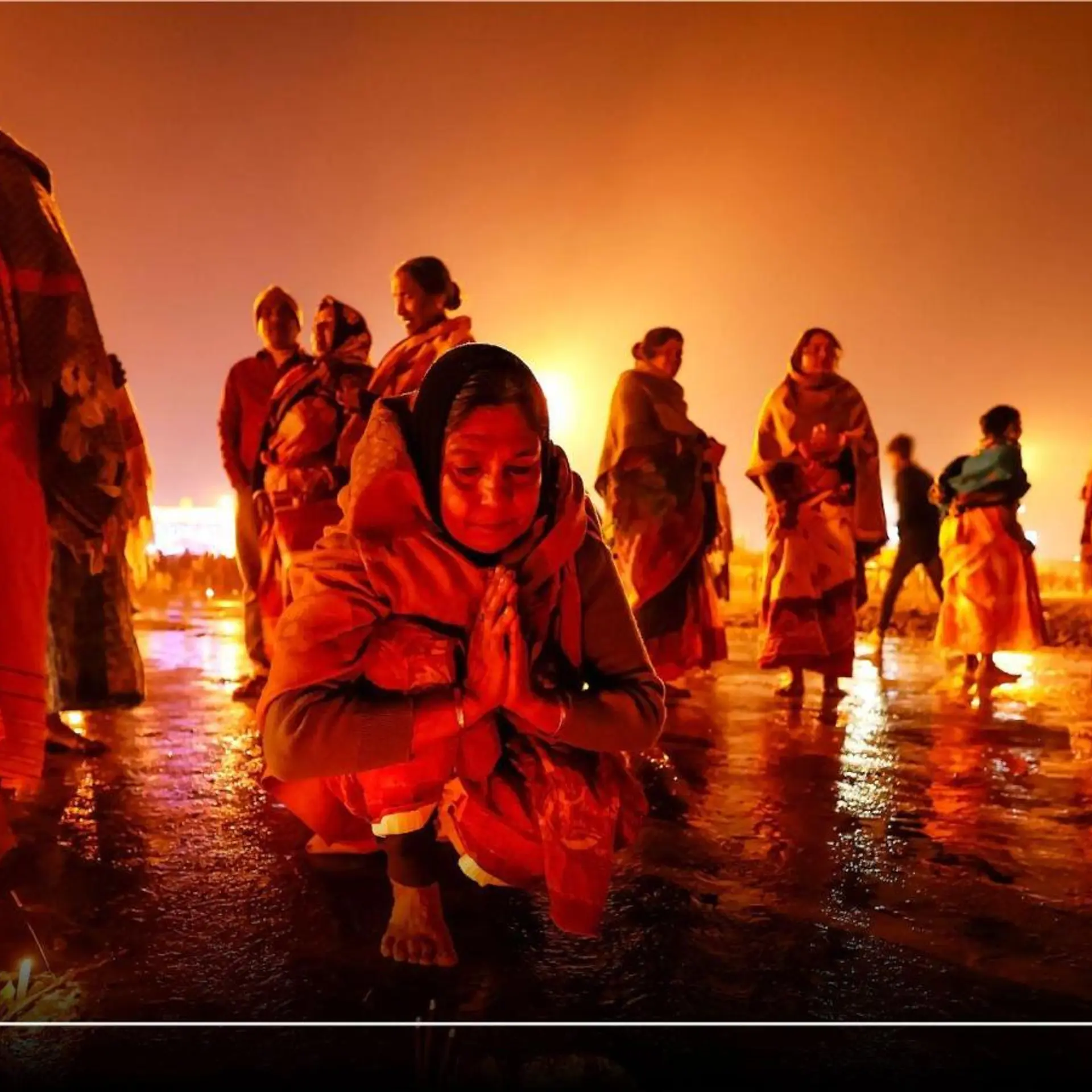Human is not a ‘resource' but endless ‘possibility’: 5 nuggets of wisdom from Sadhguru’s Isha Foundation
The recent three-day leadership conclave at the headquarters of Sadhguru's Isha Foundation in Coimbatore reiterated the need to re-imagine and rethink the concept of ‘human resource’.
In the corporate world, “human resource” is limited to just a department: the human resource department (HRD). But Indian mystic Sadhguru Jaggi Vasudev believes a human being is more than a resource. At the recently held three-day leadership conclave at the headquarters of the Isha Foundation in Coimbatore, one lesson stood out long after the conference was over: “a human being is a possibility.”
And that if we perceive a flesh-and-blood person as a resource, “you will never unfold the genius of that human being”.
Video clips of the spiritual leader recapped: “The nature of resource is such that if you pick up a resource, you already know what qualities [it possesses].”
Proponents of the ‘human resource’ within a hierarchical, corporate structure argue that clear, defined, and distinct boundaries are essential. They help set out reasonable targets, define job descriptions, and basically clarify what one’s expected to do. However, unlike other resources at our disposal, humans, men, and women, people like you and me, are not just mere resources.

Bharat Avalani, a Unilever veteran, addresses the 'Human is not a Resource' conclave.
Making the leap from resource to possibility
Redefining the role of HR in an ever-changing economy is no longer an option. From structured, hierarchical models to more dynamic, inclusive, and adaptable units, the transition has been in motion for quite some time now. Only businesses and organisations are resonating the shift in the trends now.
According to an Assocham study, around 42.5 percent of employees in the Indian private sector are believed to be afflicted with general anxiety disorder or depression. And the prime reasons behind this grim reality? Concerns surrounding increasing working hours, and less pay, which end up contributing to a state of constant fatigue.
In a country like India, which has become synonymous worldwide with cheap labour, it is essential - more than ever - to shift gears and re-imagine and rethink the concept of “human resource”. And for organisations to put the well-being of an individual above all other priorities.
A revised lens, and Sadhguru’s five-pronged approach
Sadhguru’s vision of transforming the human resource, in the process paving the transition from organisation to organism, is built around a set of practical steps. Involving a five-pronged approach, the model focuses on the skeleton of an organisation.
It takes into account the essential framework encompassing an organisation’s – including large enterprises, MSMEs, and young startups – five pillars: purpose, structure, processes, inspiration, and culture.
1561961614043.png?fm=png&auto=format)
Participants at the conclave held at Isha Foundation headquarters.
The discussions linked to this framework were further planned around commonly experienced challenges to enable the participants gathered at the conclave to rethink and navigate through these issues from a solution-oriented approach. Simply put, the programme reimagined the (above-mentioned) five pillars by drawing parallels from the natural elements.
These include:
Sky
As envisioned in ‘Human is not a resource’ programme, the infinite space above symbolises the first pillar of an organisation – its purpose. The idea is that if you look at the space above, a natural question arises: why do we exist on this large space? This is correlated with an organisation’s purpose, the first pillar of the framework.
Earth
This element is equated with that of an organisation’s foundation or, in other words, its structure. With this correlation in place, the various sessions during the seminar addressed the need of designing – or as required, redesigning – the structure of an organisation to best suit its purpose.
Water
Taking cue from the meandering nature of water, all discussions surrounding this natural element addressed the various processes of an organisation, and how to build them in a manner that they are able to attain effective results.
Fire
The element of fire is a source of energy, a means to ignite passion. In terms of an organisational framework, this element represents an endless endeavour to keep its people motivated.
Air
Last but not least, the programme spotlighted ‘air’, which is symbolical of an organisation’s culture, initiating conversations on this element, and taking a deeper look at creating an enabling culture.
1561961786352.png?fm=png&auto=format)
The speakers at the recently held conclave in Sadhguru's Isha Foundation.
Unfolding over three days at the scenic Isha Yoga Centre, set at the foothills of Velliangiri on the outskirts of Coimbatore, the leadership conclave, which explored the very fundamentals of a successful organisation, was anything but conventional. The programme initiated engaging and insightful conversations that not only challenged status quo, but can be instrumental in the reinvention of the HR discourse at large.
(Edited by Teja Lele Desai)



1557757819191.png?fm=png&auto=format&h=100&w=100&crop=entropy&fit=crop)





